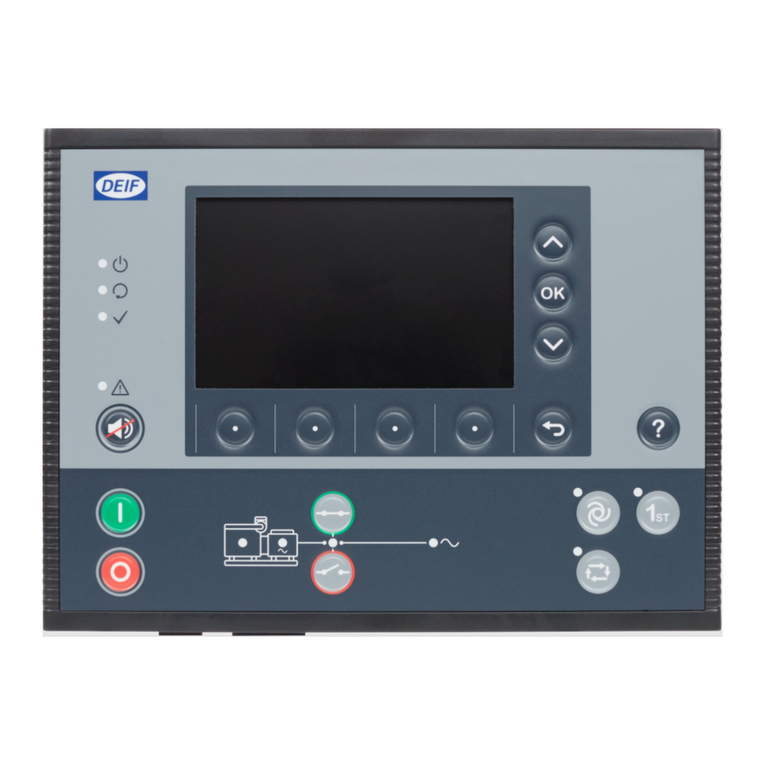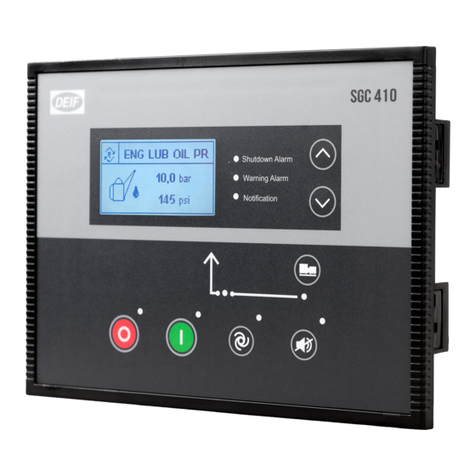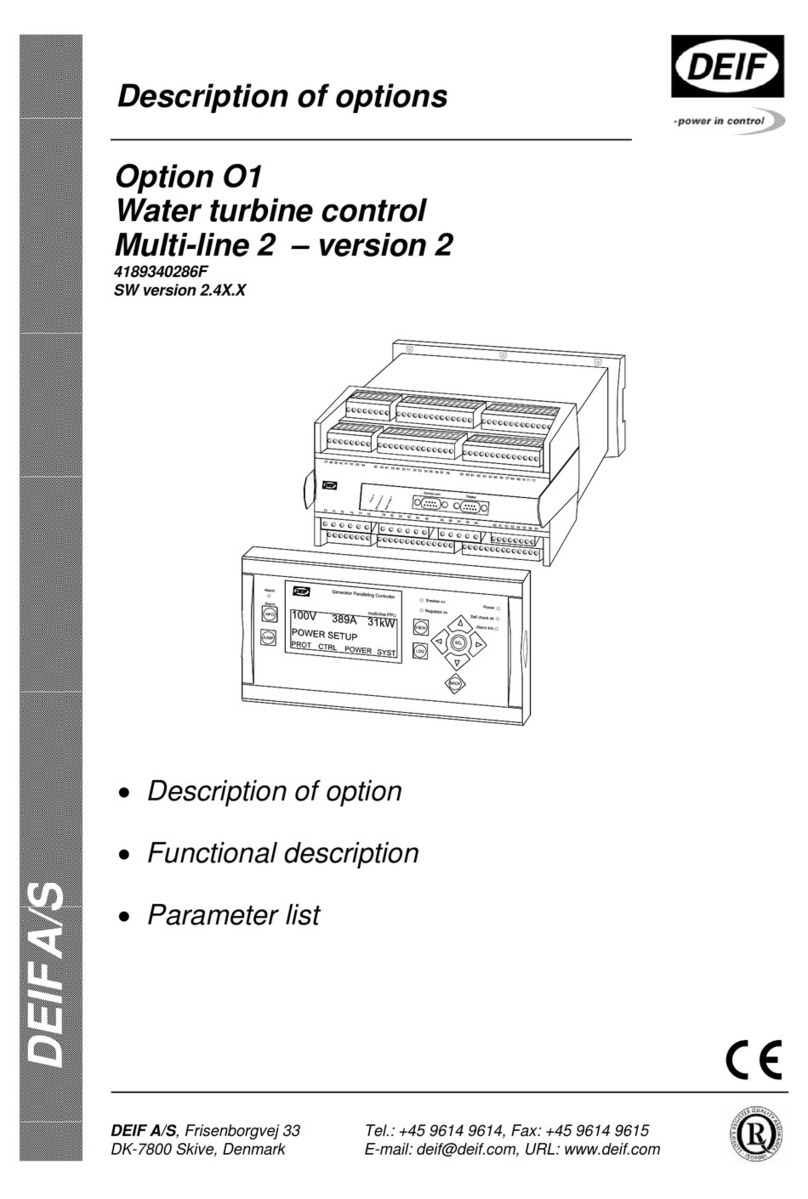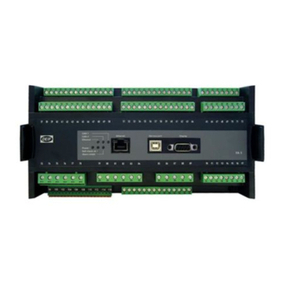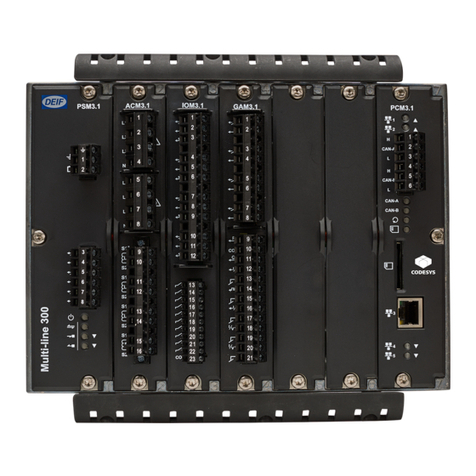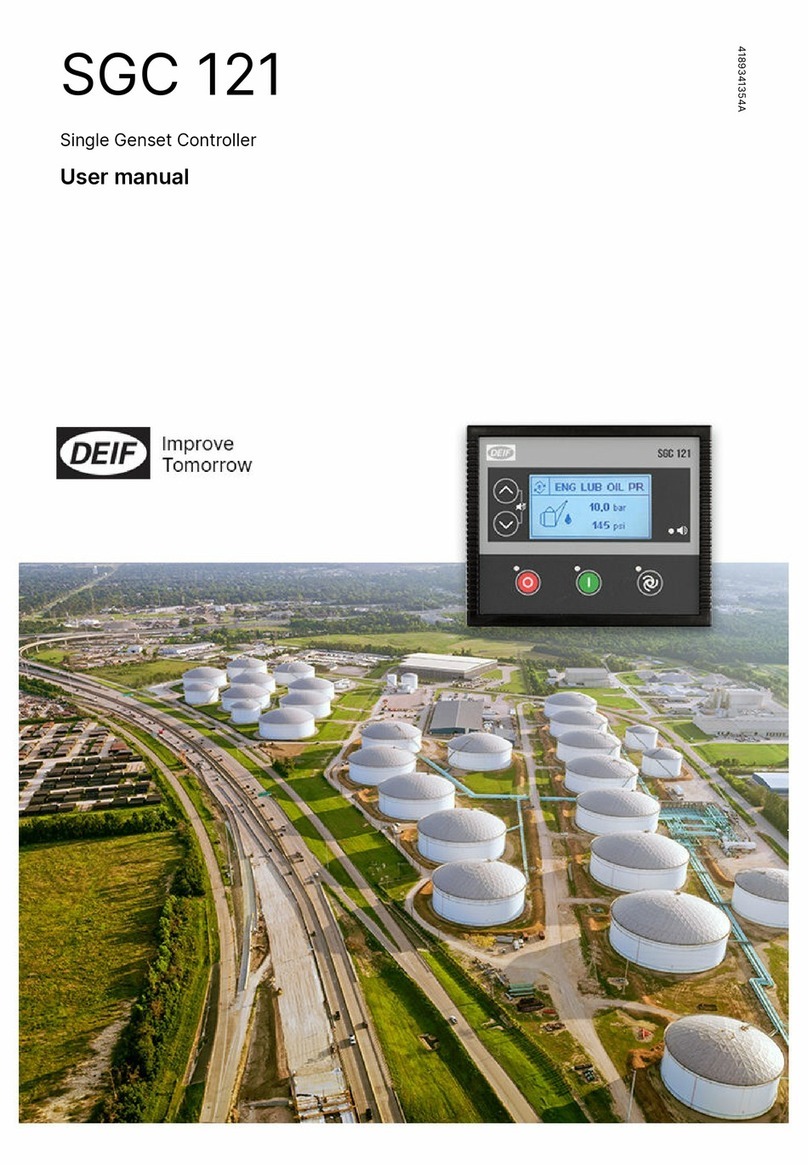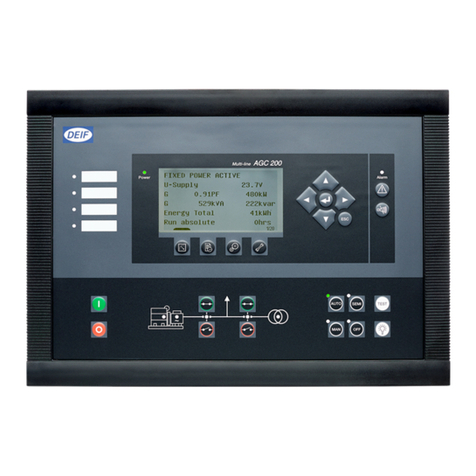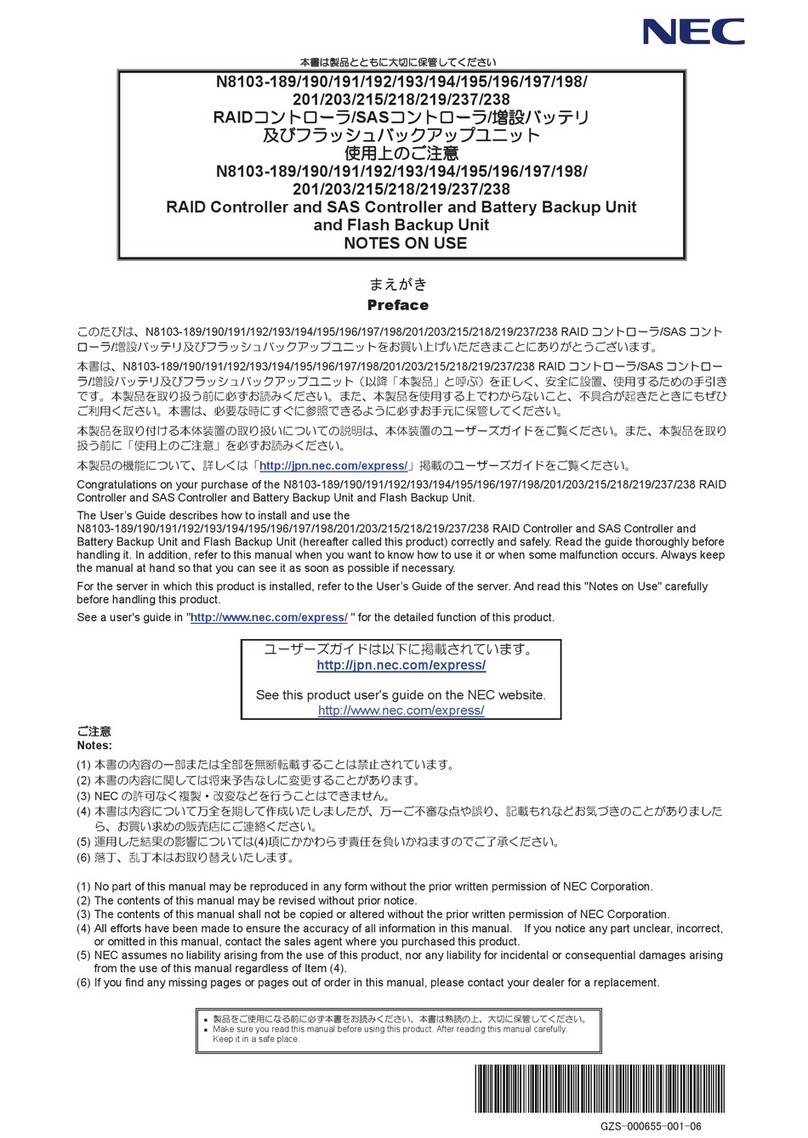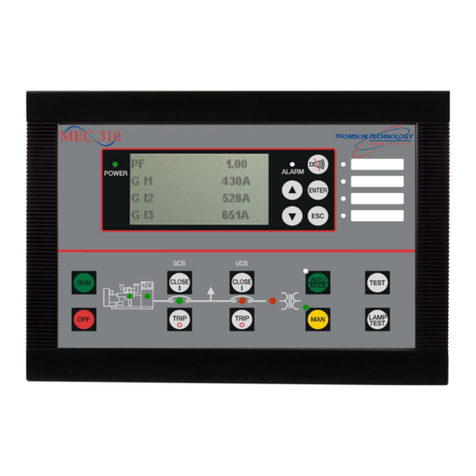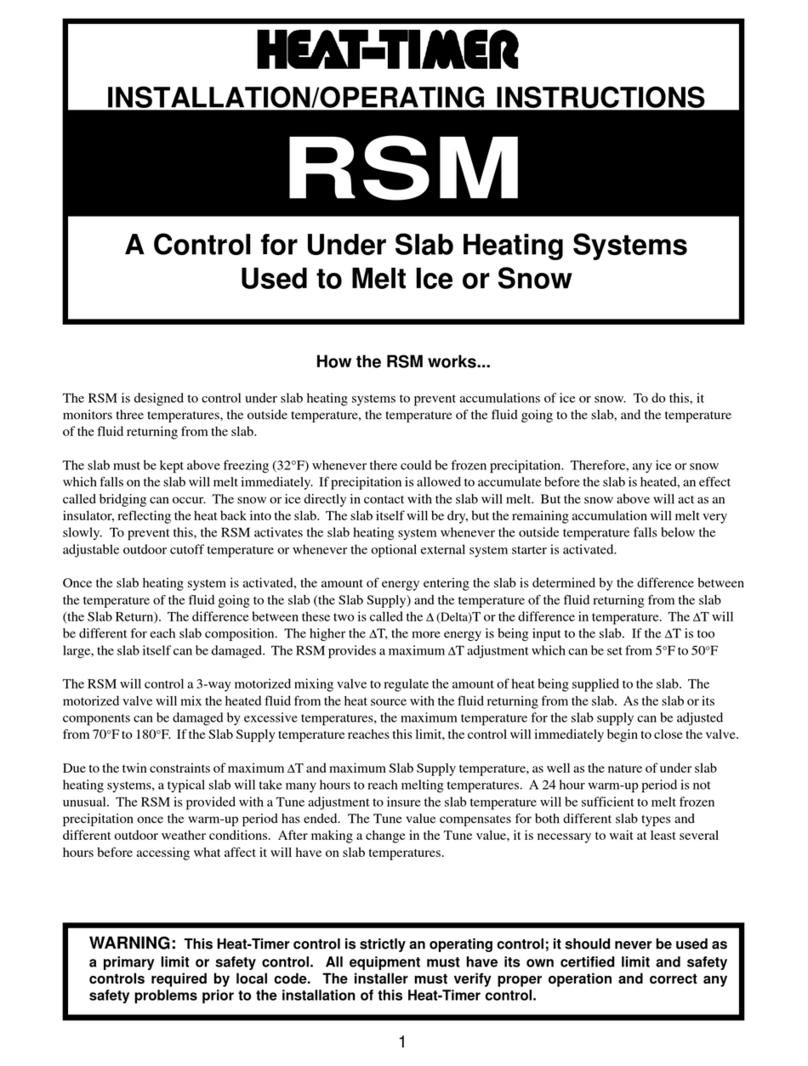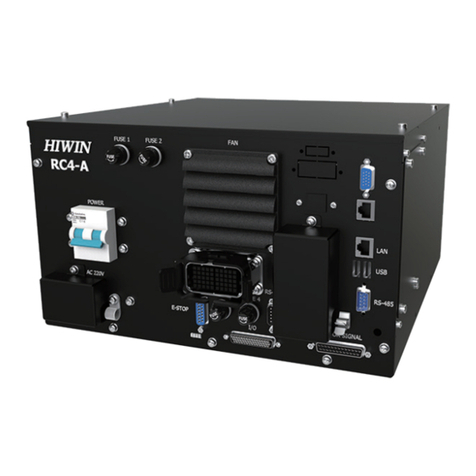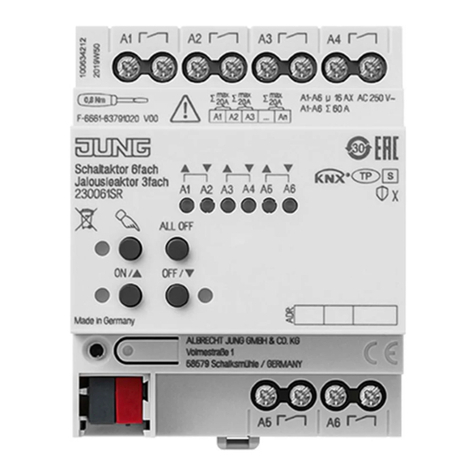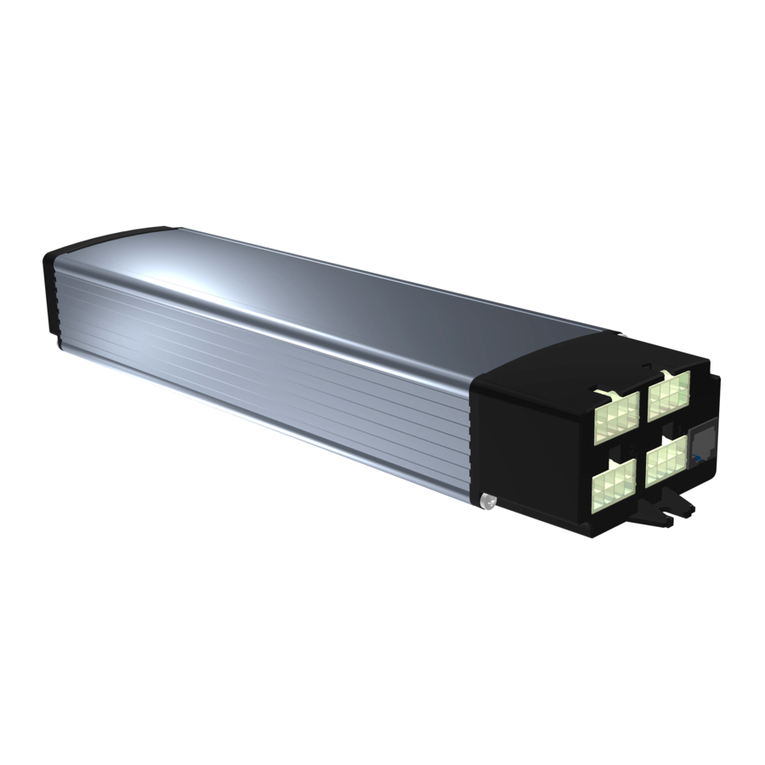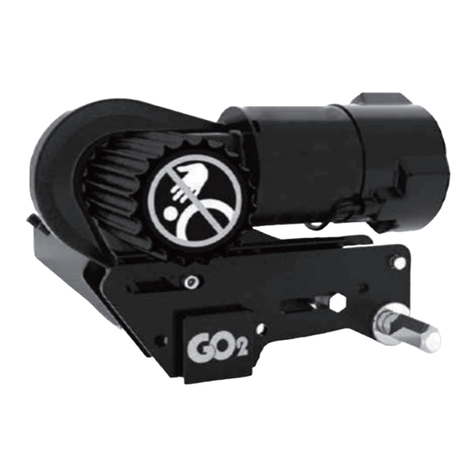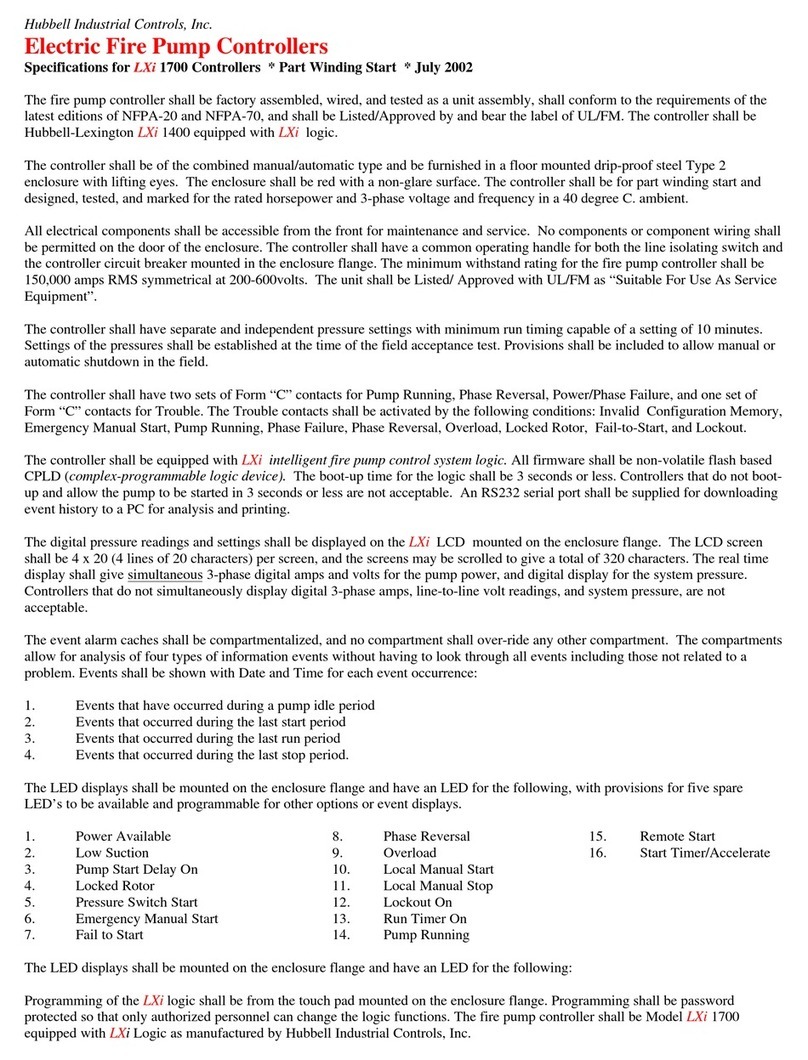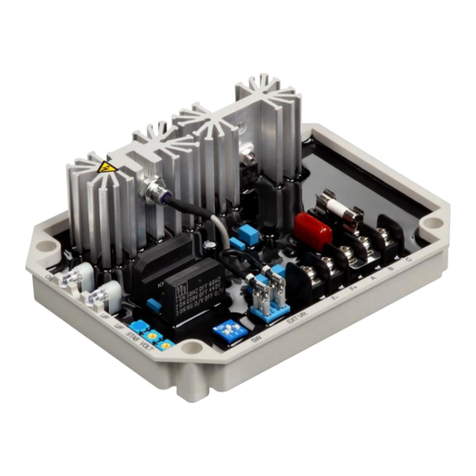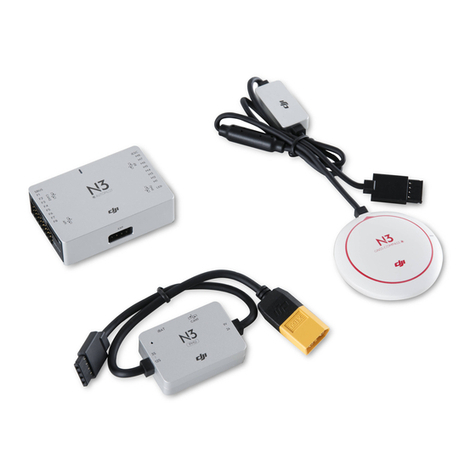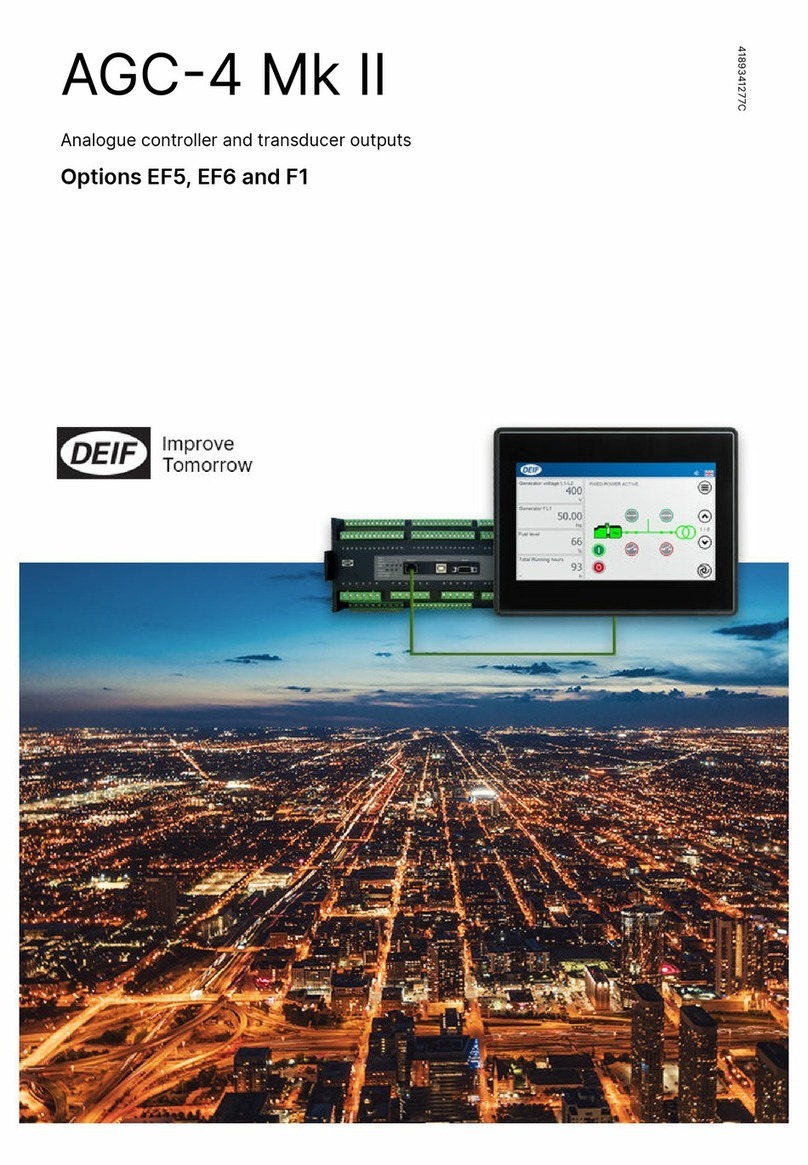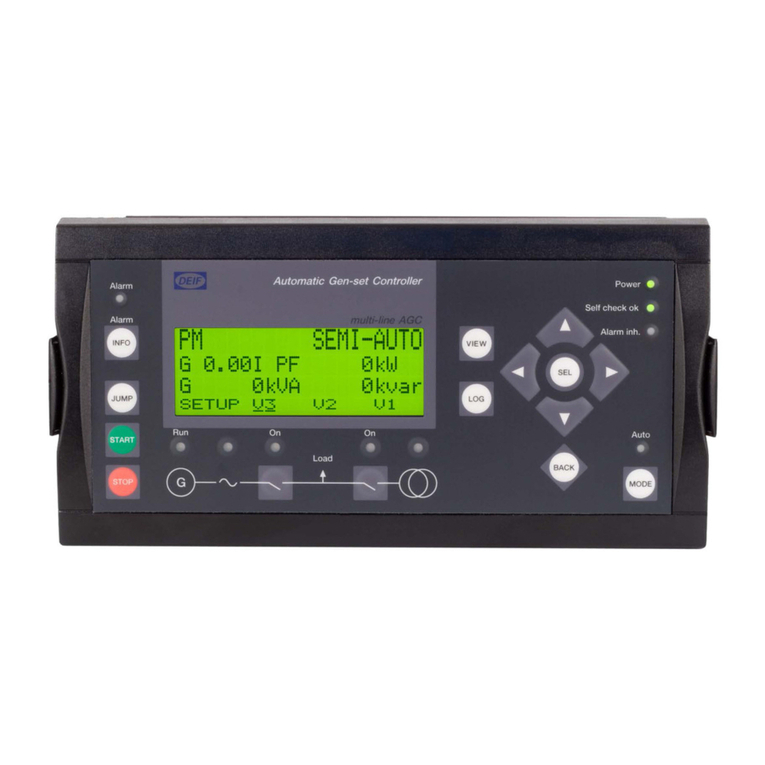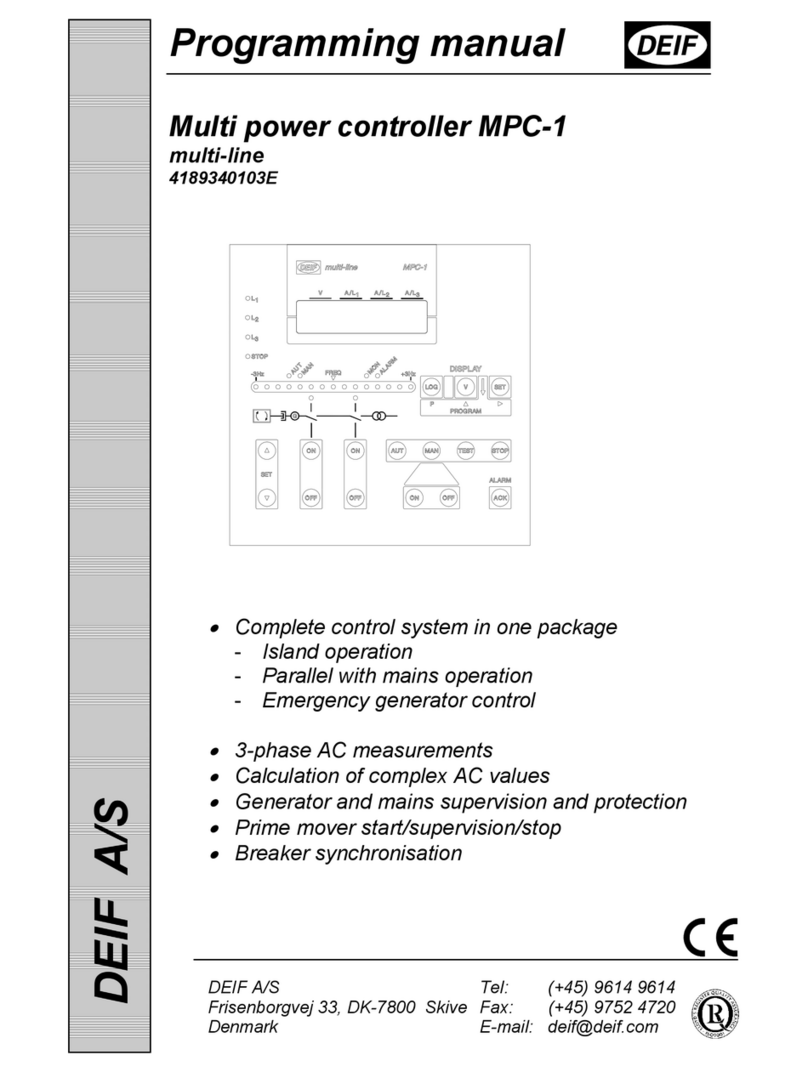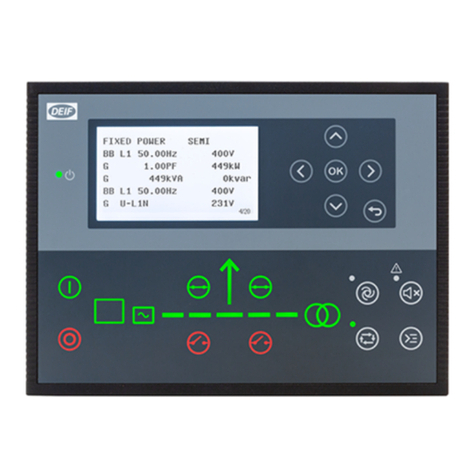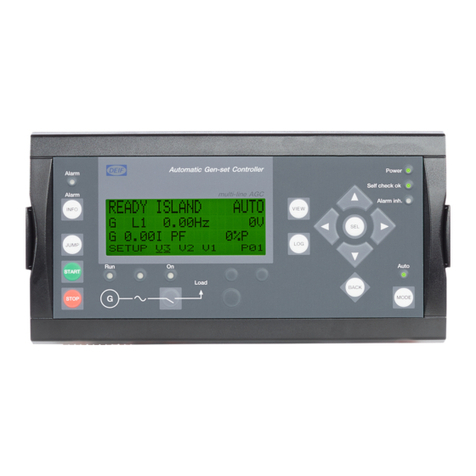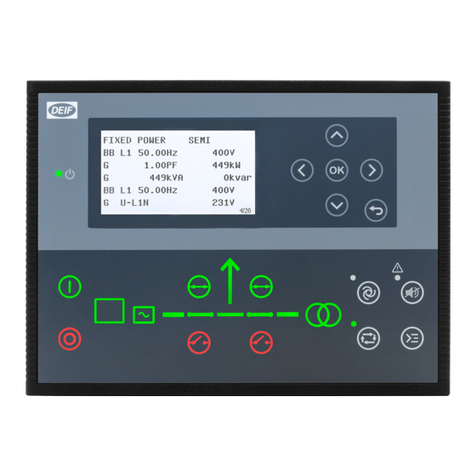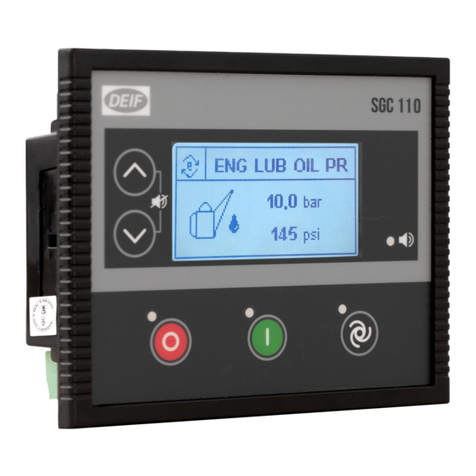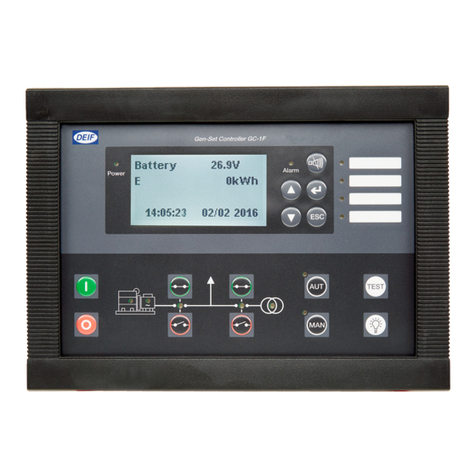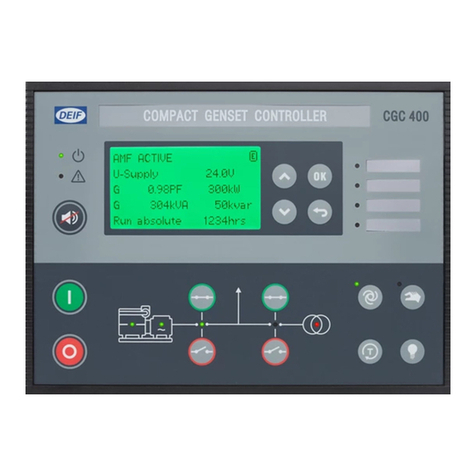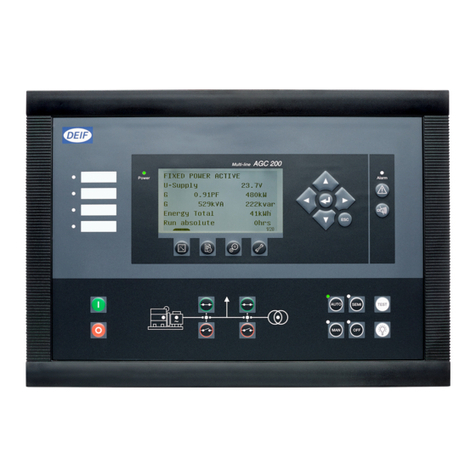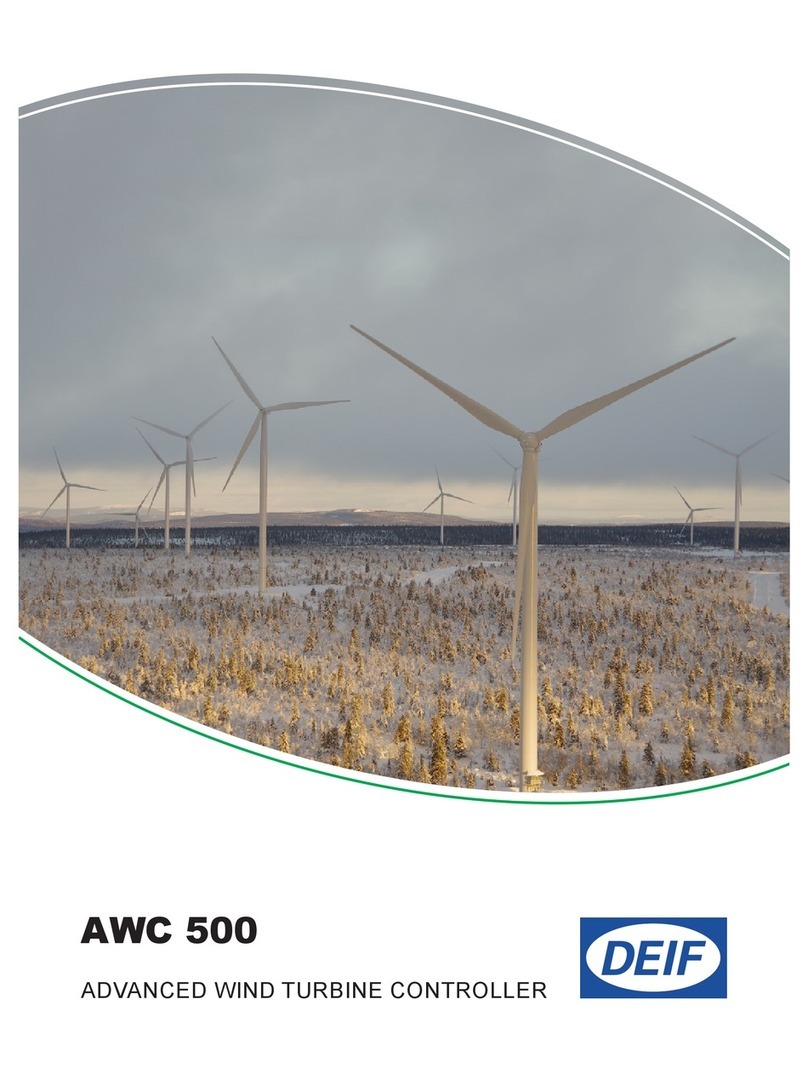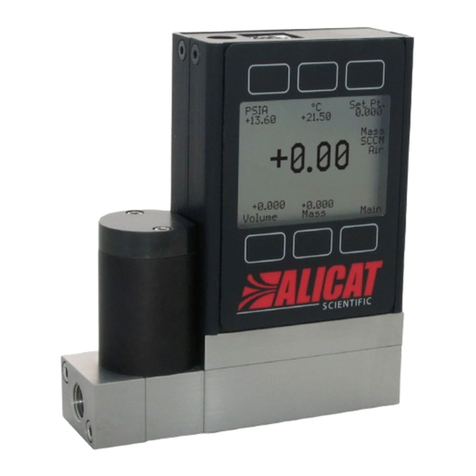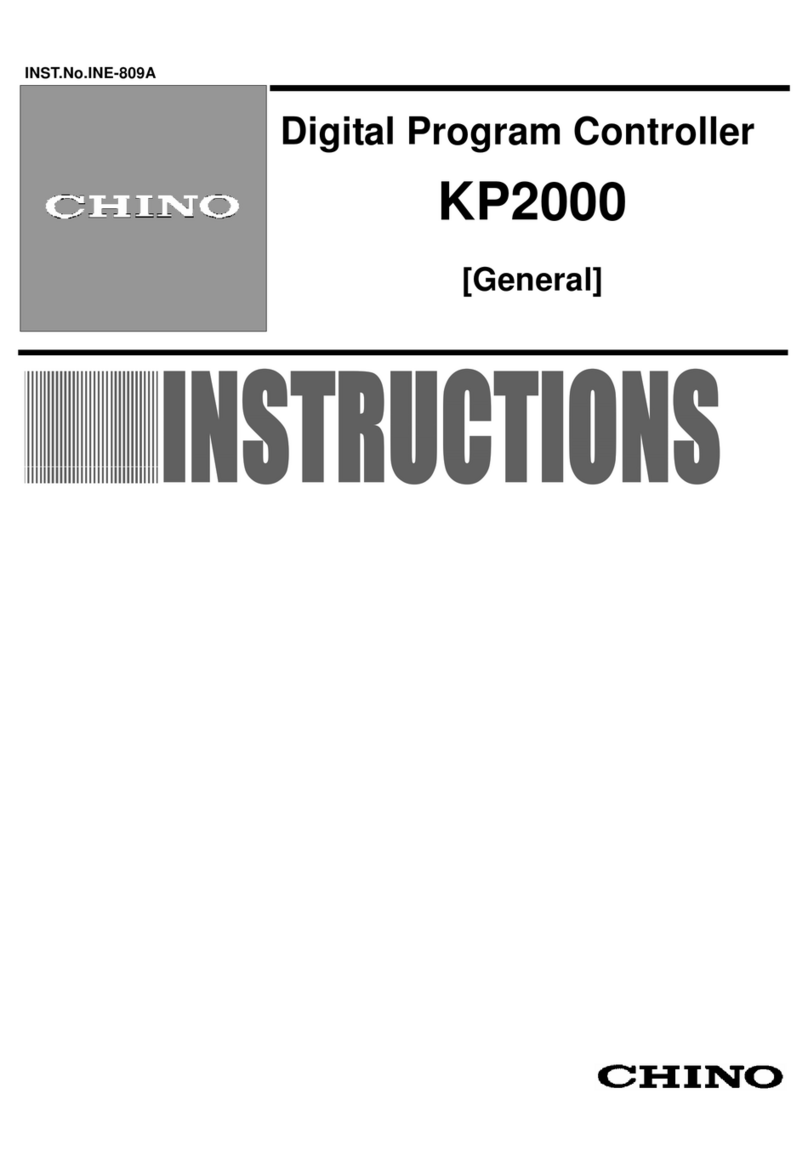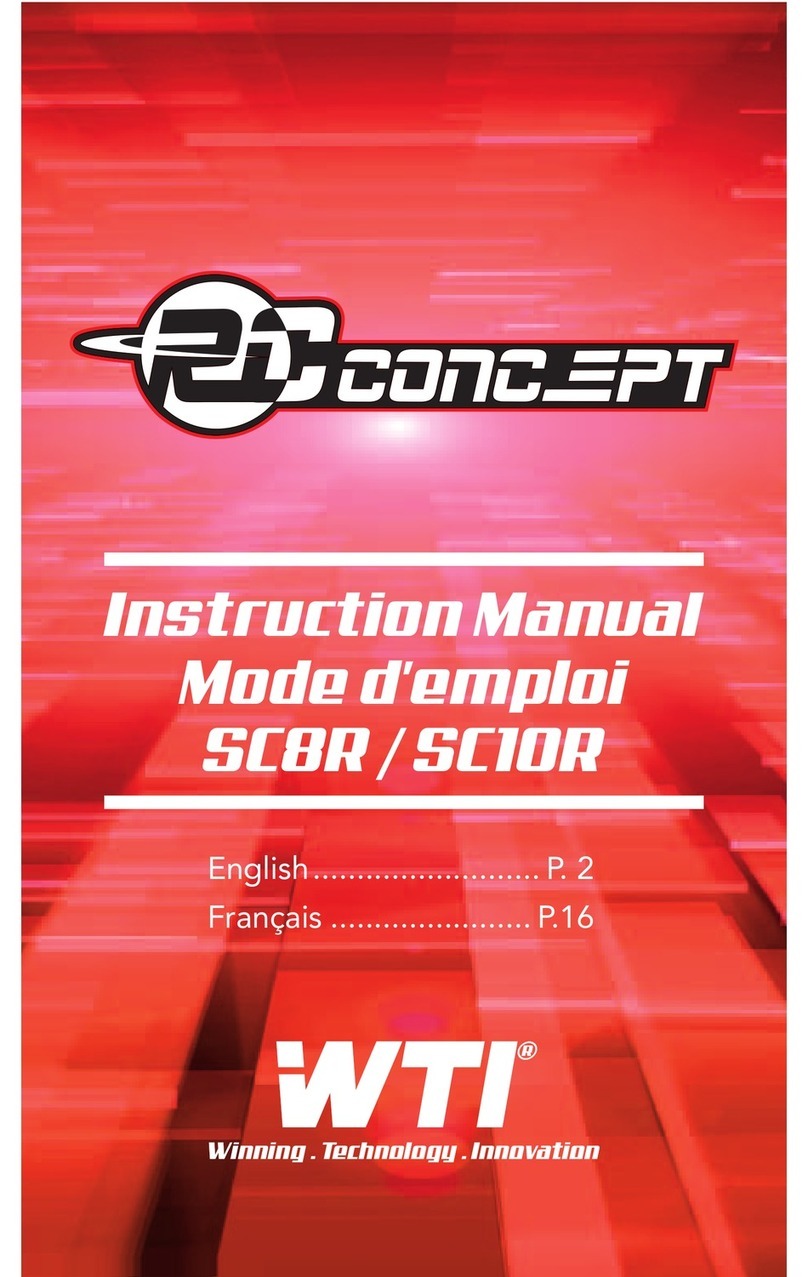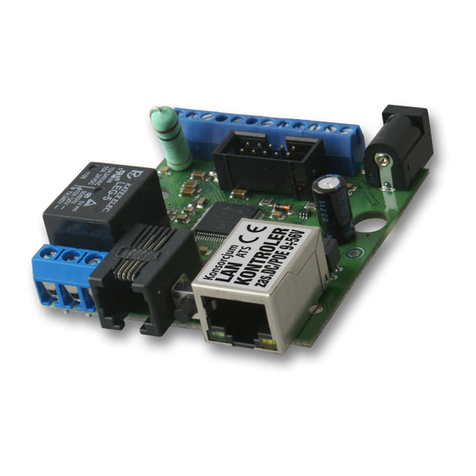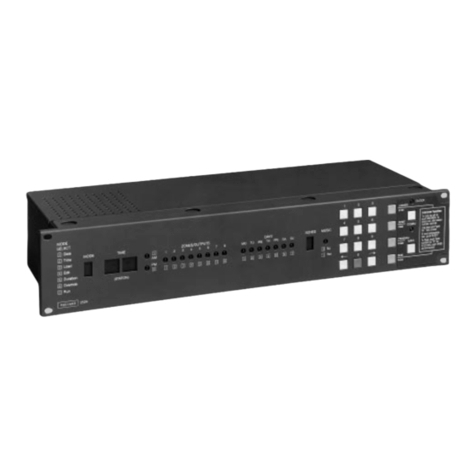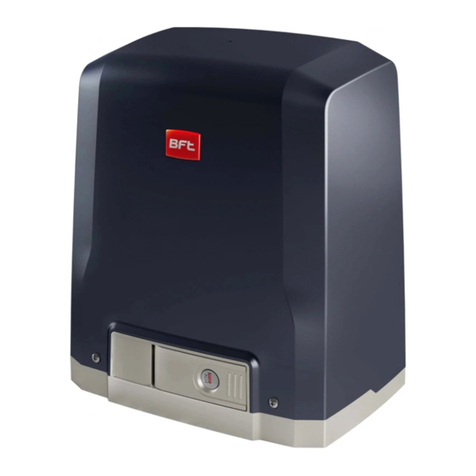
1. Introduction
1.1 About SGC 120/121................................................................................................................................................................................................................... 4
1.2 Key functions............................................................................................................................................................................................................................... 4
1.3 Product overview....................................................................................................................................................................................................................... 4
1.4 Passwords..................................................................................................................................................................................................................................... 5
1.5 Overview of controller buttons...........................................................................................................................................................................................6
1.6 Legal information.......................................................................................................................................................................................................................7
2. Safety instructions
2.1 General safety instructions.................................................................................................................................................................................................. 8
2.2 Electrical safety...........................................................................................................................................................................................................................8
2.3 In operation safety.....................................................................................................................................................................................................................8
3. Technical specifications
3.1 Terminals........................................................................................................................................................................................................................................ 9
3.2 Power supply................................................................................................................................................................................................................................9
3.3 Genset voltage and frequency measurements....................................................................................................................................................... 10
3.4 Genset current measurements........................................................................................................................................................................................ 10
3.5 Mains voltage and frequency measurement............................................................................................................................................................ 10
3.6 Digital inputs.............................................................................................................................................................................................................................. 11
3.7 Analogue resistive sensor inputs...................................................................................................................................................................................11
3.8 Analogue inputs used as digital inputs...................................................................................................................................................................... 12
3.9 Analogue voltage/current input.......................................................................................................................................................................................12
3.10 Magnetic pick-up (MPU) input........................................................................................................................................................................................13
3.11 Digital outputs........................................................................................................................................................................................................................ 13
3.12 Rotary actuator outputs (SGC 121 only)..................................................................................................................................................................13
3.13 D+ Charger alternator.........................................................................................................................................................................................................14
3.14 Sensor common point........................................................................................................................................................................................................14
3.15 Communication ports.........................................................................................................................................................................................................14
4. Installation
4.1 Dimensions.................................................................................................................................................................................................................................15
4.2 Mounting in panel....................................................................................................................................................................................................................15
4.3 Terminal details........................................................................................................................................................................................................................ 16
4.4 Typical wiring diagrams.......................................................................................................................................................................................................18
5. Monitoring mode
5.1 Monitoring mode......................................................................................................................................................................................................................20
6. Configuration mode
6.1 Configuration mode............................................................................................................................................................................................................... 22
6.2 Configurable parameters.................................................................................................................................................................................................... 22
6.2.1 Configurable parameters..............................................................................................................................................................................................22
6.2.2 Module..................................................................................................................................................................................................................................23
6.2.3 Digital inputs...................................................................................................................................................................................................................... 24
6.2.4 Analogue inputs................................................................................................................................................................................................................25
6.2.5 Outputs.................................................................................................................................................................................................................................28
6.2.6 Timers...................................................................................................................................................................................................................................28
6.2.7 Generator............................................................................................................................................................................................................................29
6.2.8 Mains.................................................................................................................................................................................................................................... 31
6.2.9 Engine.................................................................................................................................................................................................................................. 32
6.2.10 Maintenance....................................................................................................................................................................................................................36
USER MANUAL 4189341226A UK Page 2 of 72





















